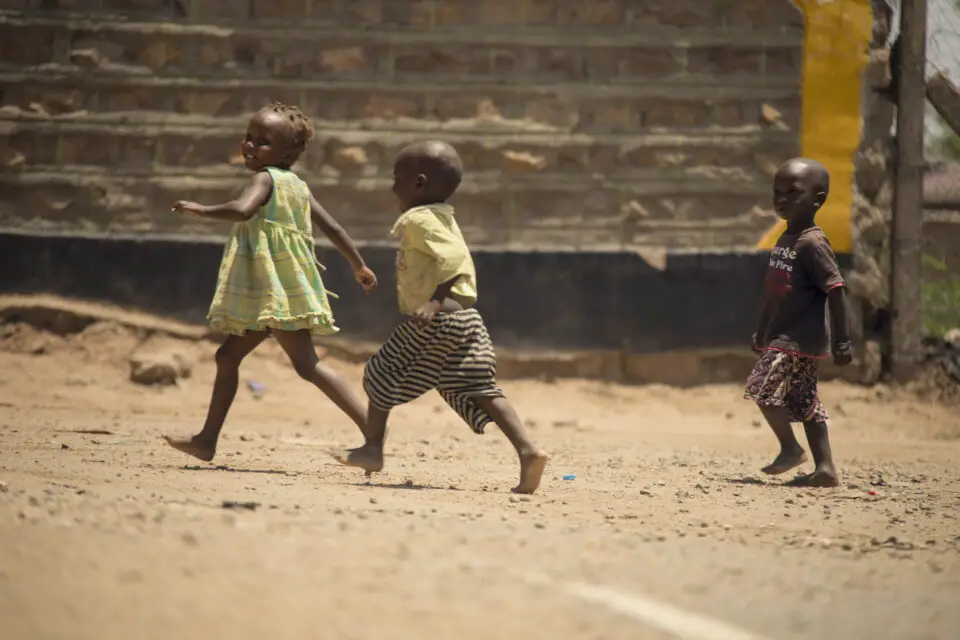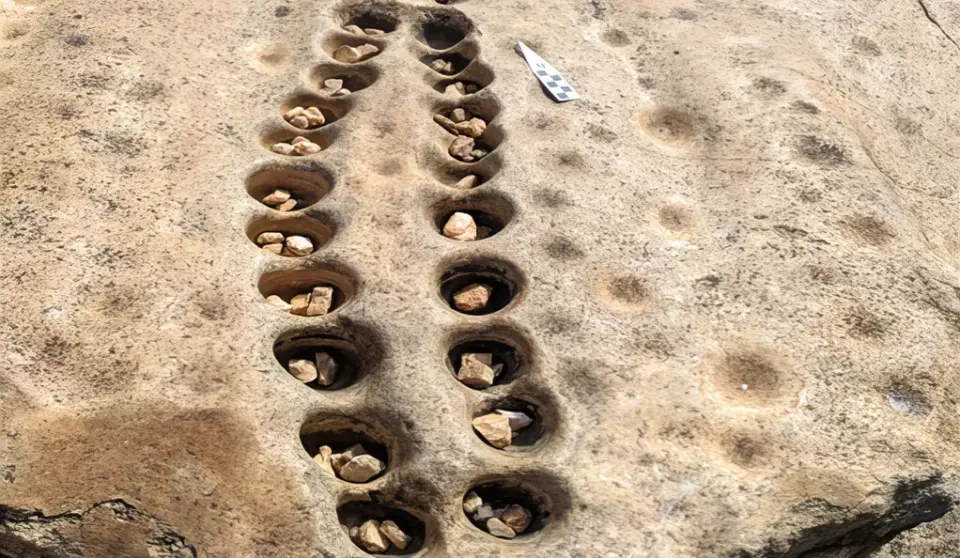What Are Some Examples of Indigenous Tagging Games in Kenya?

Indigenous tagging games in Kenya, like in many cultures, are traditional games that have been passed down through generations.
These games often reflect the community’s way of life, social structures, and environment.
Here are two examples:
Indigenous Tagging Games Played in Kenya #1: Kati (or Kati-Kati)
- Description: Kati is a popular game among children in Kenya, particularly among the Kikuyu community. It involves two teams, with one team standing in the middle while the other team stands at opposite ends of the playing area. The goal is for the players in the middle to avoid being hit by a ball that the players on the ends throw at them. If a player in the middle is hit by the ball, they are out. The game continues until all players in the middle are hit, after which the teams switch roles.
READ ALSO: Final Thoughts on Traditional Sports in Kenya & More
Types of Indigenous Tagging Games Played in Kenya #2. Cha Mama (Mother’s Game)
- How it’s played: One child plays the “mother,” while others run around in an attempt to avoid being tagged. If the mother tags you, you become the next “mother.”
- Cultural significance: This game mirrors family roles and responsibilities, emphasizing respect and fun in social interactions.
Table of Contents
Indigenous Counting Games in Kenya
Indigenous counting games in Kenya are part of traditional oral literature and play, serving both as educational tools and as a means of cultural preservation. These games are often intertwined with song, dance, and storytelling, reflecting the rich cultural diversity of Kenya’s various ethnic communities.
Purpose of Counting Games
- Numeracy Skills: They help children learn basic arithmetic, including counting, addition, and subtraction, in an engaging and interactive manner.
- Cultural Transmission: These games teach children about their community’s traditions, languages, and values.
- Social Development: They foster teamwork, communication, and social interaction.
Examples of Counting Games
- “Mbweha na Kuku” (Fox and Hen)
- Community: Found among the Kikuyu and other Bantu-speaking groups.
- How it Works: Children form a circle and sing a counting rhyme as one person, representing the “fox,” tries to catch a “hen.” Each number corresponds to a movement or action in the game. This teaches both counting and quick thinking.
- “Chako Changu” (What’s Mine?)
- Community: Common among Swahili-speaking communities along the coast.
- How it Works: Players collect objects like pebbles or shells and count them while reciting a rhythmic chant. The game also incorporates bargaining and sharing, teaching children resource management.
- “Enkeshui” (Counting Beads)
- Community: Practiced by the Maasai.
- How it Works: Children use beads to count in groups, reinforcing their understanding of numbers and patterns. This game often coincides with storytelling about the significance of beads in Maasai culture.
- “Oringa” (The Hoop Game)
- Community: Played by Luo and Luhya children.
- How it Works: Children throw stones or small objects through a hoop while counting their successful attempts. It combines physical activity with arithmetic skills.
Rhymes and Songs
Most counting games involve rhymes or songs in indigenous languages. These are rhythmic and repetitive, aiding memory and language acquisition. For example, in Kikuyu culture, counting rhymes often include moral lessons or references to daily life, like farming or family.
Modern Relevance
As education systems evolve and urbanization increases, indigenous counting games are at risk of being forgotten. However, efforts by cultural organizations and schools to revive these traditions have brought them into the classroom as part of creative learning strategies.
Indigenous Floor Games in Kenya
Indigenous floor games in Kenya are traditional games that have been passed down through generations, often played on the ground or on smooth surfaces.
These games not only serve as entertainment but also play a role in preserving cultural heritage and fostering social interaction.
Here are a few notable examples:
Kenyan Indigenous Games #1. Ajua Board Game (Bao)

Ajua, also known as Bao in coastal regions, is a board game traditionally played with seeds or stones and a carved wooden board with rows of pits. The objective is to capture more seeds than the opponent by strategically moving them around the board. It’s a popular game among the Swahili communities along the Kenyan coast and is recognized for its complex strategy and skill.
2. Pacho/Pate
This is a drawing game that involves creating patterns or pictures on the ground, usually using a stick. Children take turns drawing while telling stories or riddles that complement the images. It’s a form of creative expression and storytelling, often played in rural areas.
3. Kati
Kati is a game similar to dodgeball, where players throw a ball at a single player or group trying to avoid being hit. Although not exclusively a floor game, it is often played on dirt or sand surfaces. The game is energetic and helps improve reflexes and coordination.
4. Ndoto (Dreams)
This is a form of hopscotch played by drawing a grid on the ground. Players take turns throwing a small stone or object into numbered squares and then hop through the grid, skipping the square where the object landed. The game promotes balance and counting skills.
5. Shake
Shake involves drawing lines on the ground and tossing small stones or seeds onto the lines without them falling off. Players take turns, and the one who places the most stones accurately wins. It’s a simple yet engaging game that tests precision and concentration.
READ ALSO: 3 Traditional Games in Kenya
Types of Indigenous Rope Games in Kenya
Rope games have been a cherished part of Kenyan childhood for generations, blending physical activity, creativity, and community interaction.
Using locally available materials like sisal ropes, vines, or improvised cloth ropes, children and even adults engage in games that enhance coordination, endurance, and social bonding.
Below is an example of an indigenous rope game traditionally played in Kenya:
1. Kamba (Skipping Rope Games)
- How it’s played:
- A rope is swung in a circular motion, and players take turns jumping over it.
- Variations include:
- Single Skipping: One player skips using their own rope.
- Group Skipping: Two players swing the rope while others jump in sequence or together.
- Songs and chants often accompany the skipping rhythm.
- Cultural significance: Encourages rhythm, agility, and teamwork. The accompanying songs often reflect local stories or humor, passing down oral traditions.
Photo Credits: FIFPRO, Washington Examiner, The Elephant, Eric Lafforgue, FurnitureAndDecorNY, Discover Walks Blog, Wallpaper Flare, Arkeonews